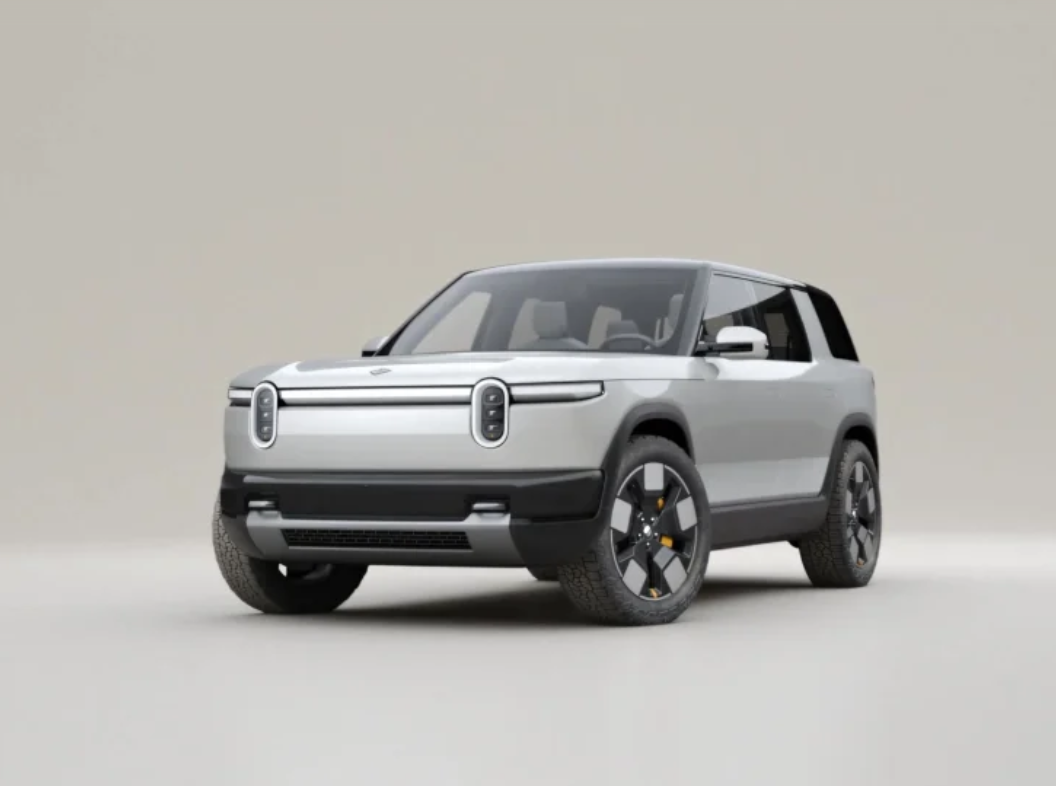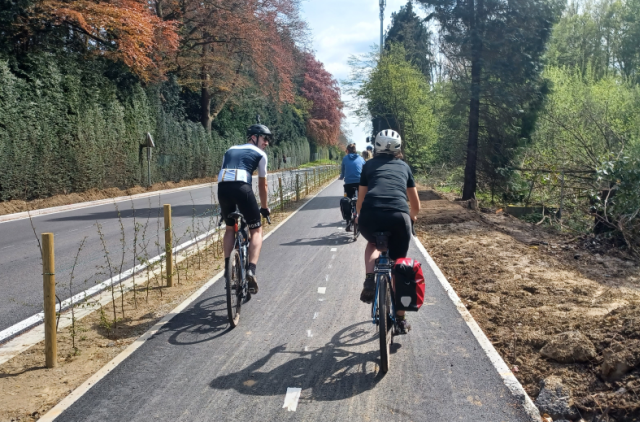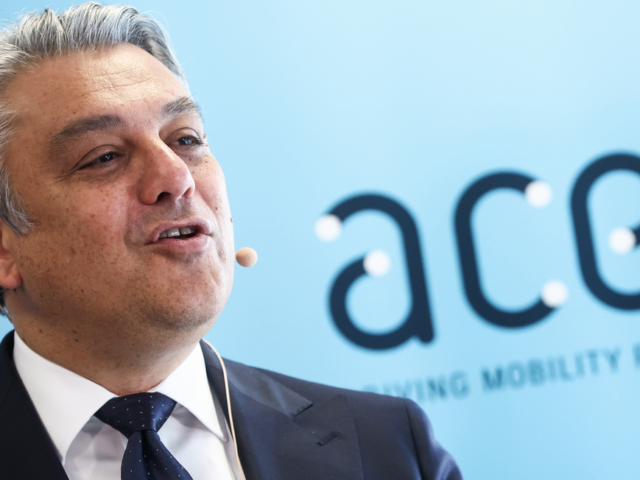
Rivian presents new mid-size platform for R2 and R3 models

American EV car manufacturer Rivian launches a new mid-sized platform on which teh new R2 (pictured) and even smaller R3 will be based /Rivian
US electric car manufacturer Rivian has unveiled a new mid-size platform for the new R2, its first next-generation model after the R1S and R


Comments
Ready to join the conversation?
You must be an active subscriber to leave a comment.
Subscribe Today